Bernie, thank you so much for your recent blog post about scoliosis! As always, your wisdom is much appreciated.
I've never been diagnosed with scoliosis, although I had one of my own teachers ask me this once. I have been told (by an orthopedist) that my left leg is slightly shorter than my right. For awhile I was wearing a lift in the left shoe as recommended, but 1) it was a PITA, 2) I wasn't sure if it was helping, and 3) it sometimes seemed to result in pain in other areas.
I haven't worn the lift for years. For the past several years now, I've noticed that after periods of sitting, I start to get an achy discomfort on the left side of my back, QL area. I'm sure this is related to how I'm sitting - I try to adjust often, and I haven't figured out a particular pattern, but I think it's possible that I lean more to the right at times.
I know the exact answer to this is "it depends," but would you guess that I need more strengthening on the left and stretching on the right to help counter-act this?
